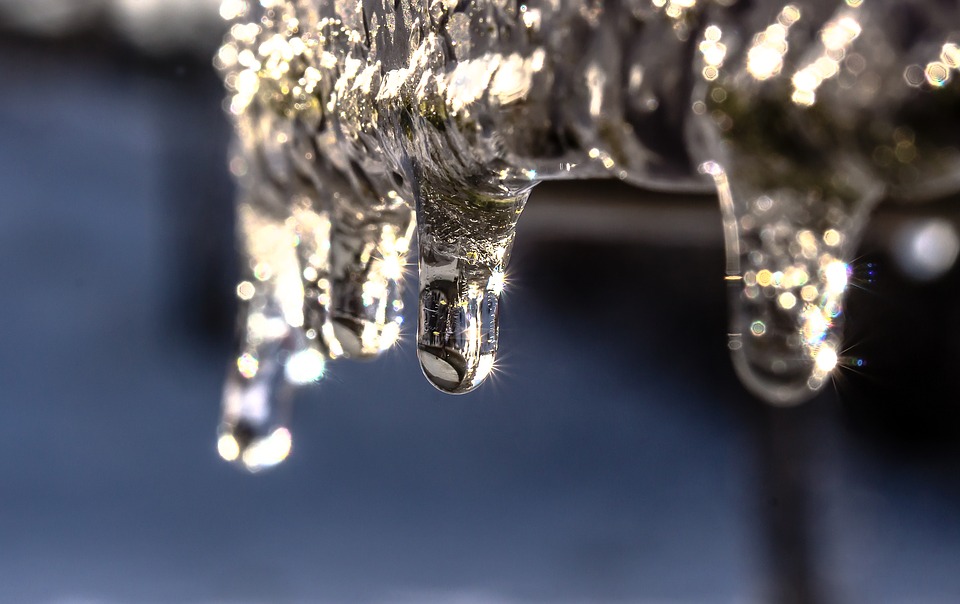Slips, Trips, and Falls
With winter months, comes the possibility of snow and ice. Please be careful walking
to and from your vehicles, as well as walking around campus. Contact Facilities Management, 847.925.6350, to report any ice hazards or any seasonal safety issues.

To be prepared for snow storms and extreme cold, check out Ready.gov's webpage for additional safety tips. Or visit the American
Red Cross, to review their materials on Winter Storm Preparedness.
The Snow & Ice Management Association, is a non-profit trade association with a focus on training, events and best practices
related to snow plowing, ice management and business management. Here is their top
10 tips for safe walking in the snow and ice:
- Wear proper footwear. Proper footwear should place the entire foot on the surface
of the ground and have visible treads. Avoid smooth soled shoes.
- Plan Ahead. Walk consciously and occasionally look around you for other hazards instead
of staring at your feet.
- Make sure you can hear approaching traffic or other noises that signify a hazard is approaching,
like oncoming traffic or snow removal equipment.
- Accessorize to see and to be seen. Wear sunglasses so you can see in the reflective
light of snow and wear bright colors so drivers can see you.
- Anticipate ice. Black ice may appear as wet pavement. Ice often appears in the morning or in
shady spots where the sun cannot melt it.
- Take slow steps, hold onto handrails firmly when going down stairs, and plant your
feet firmly.
- Enter buildings carefully, there may be wet floors at the entrance that are slippery
from melted snow and ice.
- Take extra care when you shift your weight, like when stepping off a curb or getting
into a vehicle, ice may cause an imbalance and result in a fall.
- Avoid taking shortcuts, these paths may be dangerous because it is likely to be in
a place where snow and ice removal is not possible.
- Look up above you and be careful what you might be walking under. Falling snow and
ice may happen when the wind blows and breaks parts away from awnings and buildings.
